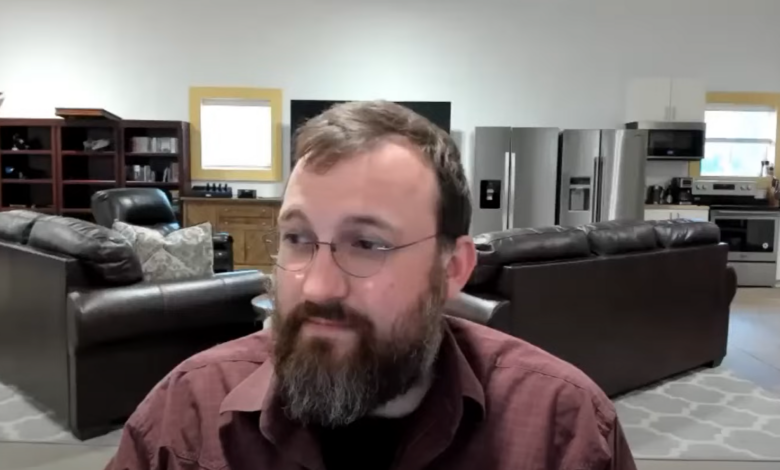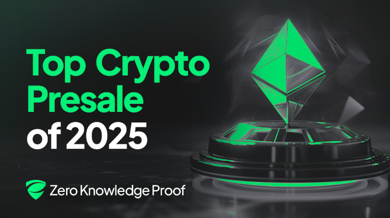
Charles Hoskinson, the visionary behind Cardano, has unveiled significant strides in developing and researching groundbreaking blockchain protocols. He recently took to social media to share updates on these advancements, highlighting the promising future of Cardano.
Cardano’s Next Leap: Ouroboros Peras
Ouroboros Peras marks a pivotal enhancement of the existing Ouroboros Praos protocol, introducing a sophisticated voting layer designed to expedite transaction settlements. This innovative protocol aims to address the limitations of the probabilistic block settlement in Ouroboros Praos, ensuring faster and more reliable transaction confirmations.
According to the project’s GitHub repository, “Ouroboros Peras is a proposed enhancement to the Ouroboros Praos protocol that integrates a voting layer for rapid settlement. It is adaptively secure, supports dynamic participation, and encompasses self-healing properties.”
The primary objective of Ouroboros Peras is to mitigate the delays in transaction finalization inherent in the existing system. Under Praos, the likelihood of a block rollback diminishes exponentially as the blockchain extends beyond that point. However, this can result in extended wait times for transaction finalization, which is suboptimal for scenarios requiring swift confirmations.
Peras introduces a novel mechanism, allowing blocks to be “boosted” by a quorum of votes, significantly reducing the chance of rollback for those blocks and their predecessors. This advancement is crucial for scenarios demanding rapid assurance, such as partner chains, bridges, and centralized exchanges where multiple confirmations are currently necessary.
The protocol is engineered to be adaptively secure, accommodating dynamic participation and integrating self-healing capabilities. It remains effective even when adversaries control up to a quarter of the network’s stake. In scenarios where adversaries obstruct voting quorums, the protocol gracefully reverts to Praos-like behavior, entering a “cool-down period” until the chain recovers, ensuring chain quality and a common prefix.
In realistic settings, Ouroboros Peras allows blocks to be identified post facto as settled or rolled back within as little as two minutes, with high probability. This post facto settlement probability is crucial for use cases where entities need to monitor the ledger for a fixed duration to confirm transaction permanence.
Ouroboros Leios: Paving the Way for Future Innovations
Building on the momentum from Ouroboros Peras, Charles Hoskinson announced a strategic shift, reallocating all resources to focus on the development of Ouroboros Leios. With 6.8 Full-Time Equivalents (FTEs) dedicated to this rapid innovation, Leios represents the next evolutionary step in the Ouroboros protocol family.
Ouroboros Leios, currently in an experimental and exploratory phase, aims to significantly enhance throughput in terms of data and CPU processing while maintaining or improving the security features of previous Ouroboros versions.
Existing Ouroboros protocols, such as Praos and Genesis, face limitations in throughput due to inherent data and communication dependencies within the distributed algorithm. Leios seeks to overcome these constraints by redesigning the algorithm to minimize these dependencies, thereby enabling greater data throughput and more efficient CPU usage.
Furthermore, Leios offers opportunities to incorporate modern features into the Cardano blockchain, such as tiered transaction fees with corresponding service priority levels and faster chain synchronization, eliminating the necessity to execute every smart contract during synchronization.
At the time of this update, Cardano’s ADA token is trading at $0.3611, reflecting the market’s anticipation of these exciting developments.







